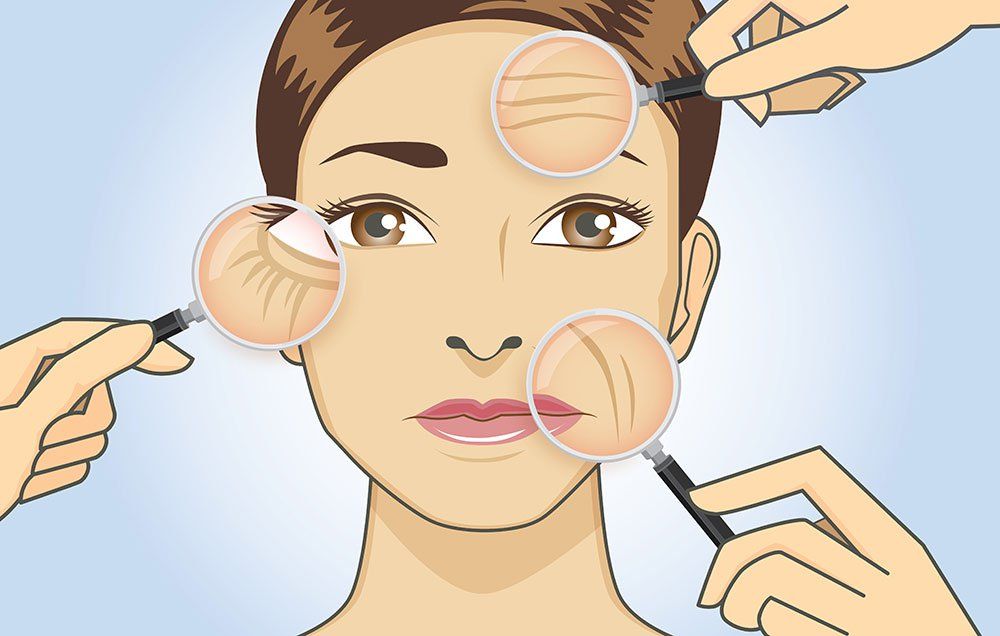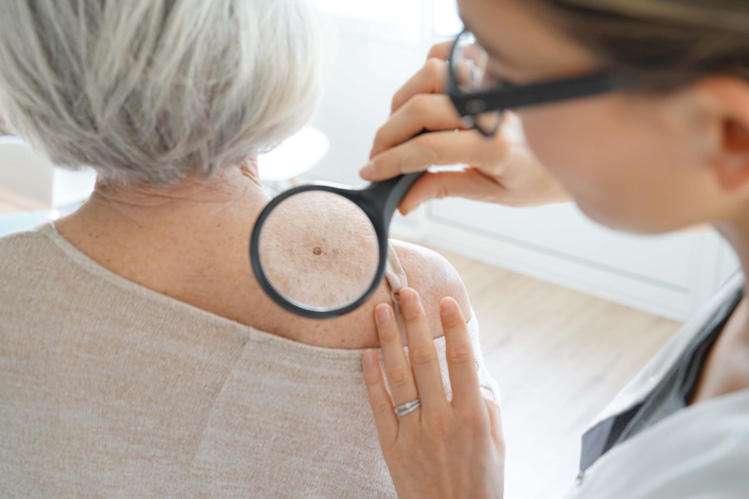Treat your hair loss with the help of a specialist in hair loss treatments.
Treat your hair loss with the help of a specialist in hair loss treatments.
Blog Article
Browsing Skin Cancer Therapy: The Vital Role of Mohs in Modern Dermatology Practices
Skin cancer, a complicated diagnosis, commonly leaves patients grappling with countless treatment choices. As we discover the complexities of this treatment, one will appreciate its essential duty in skin cancer treatment.
Comprehending Skin Cancer Cells: Types and Risks
Skin cancer cells, a possibly lethal malady, is even more prevalent than lots of people recognize. This disease, brought on by the unrestrained development of uncommon skin cells, primarily results from DNA damage due to exposure to the sun and ultraviolet (UV) light. There are three main kinds of skin cancer: Basal cell carcinoma, Squamous cell carcinoma, and Melanoma. While the former two are less deadly and comprise the majority of identified situations, melanoma is the most harmful. It accounts for only about 1% of skin cancer cases but causes the vast majority of skin cancer cells fatalities - hair loss. Risk elements include fair skin, history of sunburn, excessive sun exposure, living at high elevations or shut to the equator, having many moles, a family history of skin cancer, and compromised body immune system.
What Is Mohs Surgery and Just How It's Reinventing Skin Cancer Treatment
Regardless of the various therapies currently readily available for skin cancer, Mohs surgical procedure stands apart as a groundbreaking and very efficient remedy. Named after Frederic E. Mohs, the doctor that established the treatment, Mohs surgery is an exact medical method utilized to deal with skin cancer. During the treatment, thin layers of cancer-containing skin are gradually gotten rid of and examined up until only cancer-free cells remains. This method permits the surgeon to confirm that all cancer cells have actually been removed at the time of surgery. This level of accuracy, incorporated with the ability to spare as much healthy and balanced cells as possible, is reinventing skin cancer therapy. Because of this, Mohs surgical procedure has ended up being a keystone of modern dermatology practices.
The Benefits of Mohs Surgical Treatment Over Conventional Skin Cancer Therapies
Structure on the cutting-edge nature of Mohs surgical procedure, it's important to consider its various advantages find out over traditional skin cancer cells therapies. Unlike standard operating procedures, Mohs offers a greater remedy rate, often getting to 99% for newbie treatments and 94% for reoccurring cancers. This accuracy is because of its distinct approach of considerably eliminating and analyzing cells layers up until only cancer-free cells continue to be (chemical peel). Furthermore, it minimizes damages to healthy skin, leading to much less scarring and improved aesthetic outcomes. Mohs additionally supplies immediate outcomes, getting rid of the anxiety-ridden delay typical with other techniques. Lastly, it's cost-efficient, as the surgical treatment and tiny assessment happen simultaneously, getting rid of the need for added laboratory solutions. Hence, Mohs represents a substantial innovation in dermatological methods.
The Procedure of Mohs Surgical Treatment: What to Expect During the Process

Potential Adverse Effects and Post-Operative Care of Mohs Surgical Treatment
Undergoing Mohs surgical treatment, like any kind of other surgery, entails potential side results that individuals should understand. Common adverse effects consist of discomfort, bruising, and swelling at the surgical procedure site. These are generally short-term and workable with over the counter discomfort medication and ice packs. In unusual situations, patients might experience infection, bleeding, or an allergy to the regional anesthetic. Post-operative care is important to healing and minimizing negative effects. This commonly entails maintaining the injury tidy and completely dry, taking prescribed drugs, and avoiding difficult tasks. Patients Bonuses ought to also attend all follow-up appointments for wound treatment and surveillance. In some instances, added therapies may be required to guarantee complete elimination of the malignant cells. Complying with these post-operative treatment guidelines can greatly enhance recuperation and end results.
Verdict

Report this page